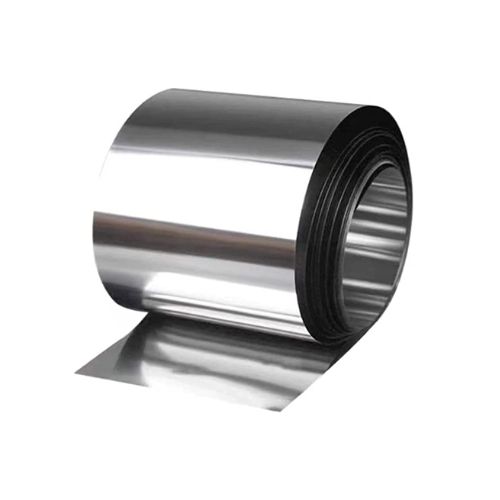- Phone:+86-17331948172 +86-0319-8862898
- E-mail: inquiry@puxingclamp.com
דצמ . 24, 2024 03:41 Back to list
Choosing the Right Hose Clamps for Your Intercooler Installation and Maintenance
Understanding Intercooler Hose Clamps Importance and Best Practices
Intercooler hose clamps play a vital role in the performance and reliability of automotive engines, particularly in vehicles equipped with forced induction systems. These clamps secure the hoses that connect the intercooler to the turbo or supercharger, ensuring that air is efficiently routed into the engine’s intake. While they may seem like simple components, the right intercooler hose clamps can significantly affect engine performance, boost levels, and overall reliability.
What Are Intercooler Hose Clamps?
Intercooler hose clamps are mechanical devices used to fasten and secure intercooler hoses to prevent air leaks in high-pressure systems. They come in various forms, including worm gear clamps, spring clamps, and T-bolt clamps, each designed to meet specific needs based on application and performance requirements.
Worm Gear Clamps These are the most common type of hose clamps, featuring a steel band with a slot that allows for tightening via a screw mechanism. They are popular for their affordability and ease of use but may not always provide the best sealing pressure under extreme conditions.
Spring Clamps These clamps utilize a spring mechanism to maintain consistent pressure against the hose. They are ideal for applications where tolerances change due to temperature fluctuations, providing a more reliable seal in high-performance settings.
T-Bolt Clamps For high-performance or racing applications, T-bolt clamps are preferred. They have a wider band and use a bolt mechanism to provide greater clamping force, making them suitable for high-boost applications where hoses are subjected to extreme pressure.
Importance of Quality Hose Clamps
The quality of intercooler hose clamps is critical. Inferior clamps can lead to air leaks, resulting in decreased engine performance and efficiency. When air escapes before entering the intake manifold, the engine may run lean, causing misfires, inefficient fuel combustion, and increased engine temperatures. This can not only degrade performance but can also lead to significant engine damage over time.
Additionally, the use of proper materials is vital. Stainless steel clamps offer superior resistance to corrosion and heat compared to their plastic or zinc-coated counterparts. Investing in high-quality clamps ensures longevity, especially in environments exposed to high temperatures and moisture.
intercooler hose clamps

Installation Best Practices
Proper installation of intercooler hose clamps is essential for maximizing their effectiveness. Here are some best practices to follow
1. Choose the Right Size Make sure to select clamps that fit snugly around the hose. Clamps that are too loose will not provide adequate sealing, while those that are too tight may damage the hose.
2. Clean the Surfaces Before installation, ensure that both the hose and the fitting are clean and free of any debris or lubricants. This can help create a better seal and improve the clamp's holding power.
3. Apply Even Pressure When tightening the clamp, ensure you apply even pressure around the circumference. For worm gear clamps, use a torque wrench if possible to achieve the manufacturer’s recommended torque specifications.
4. Inspect Regularly After installation, it is essential to periodically check the clamps and hoses for any signs of wear, loosening, or leaks. Regular maintenance can prevent potential issues before they become significant problems.
5. Consider Upgrades For performance-oriented vehicles, consider upgrading to T-bolt clamps for intercooler hoses that experience high pressure and temperature. They provide better clamping strength and reduce the risk of boost loss.
Conclusion
In summary, intercooler hose clamps are a fundamental element of a vehicle’s forced induction system. They ensure that the necessary airflow is maintained, contributing to optimal engine performance. By understanding the types of clamps available, recognizing the importance of quality, and adhering to best practices for installation, vehicle owners can significantly enhance reliability and performance in their driving experience. Whether you’re a casual driver or a racing enthusiast, paying attention to these small but crucial components can lead to substantial benefits down the line.
-
Premium Cold Rolled Stainless Steel Strips | High Precision & Smooth
NewsJul.21,2025
-
High Quality T Bolt Hose Clip Factory & Suppliers Durable Stainless Steel Hose Clamps for Industrial Use
NewsJul.08,2025
-
High-Quality Hose Clamp & T Clamp Hose Clamp Reliable Factory & Suppliers
NewsJul.08,2025
-
Cold Rolled Stainless Steel Band - Premium Quality Supplier & Factory Price
NewsJul.08,2025
-
High-Quality Steel Strip from China Stainless Steel Coil & Cold Rolled Carbon Strip Manufacturer & Supplier
NewsJul.07,2025
-
High-Quality T Bolt Hose Clip from Leading Factory & Suppliers Reliable t bolt hose clip Factories
NewsJul.07,2025




